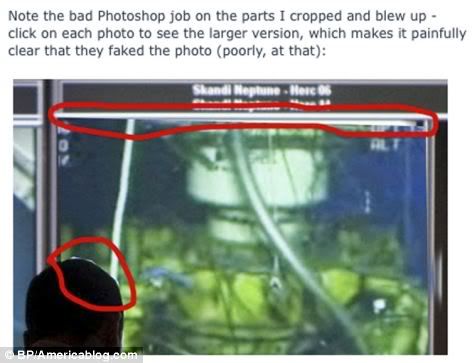
The evidence: Blogger John Arovosis indicates misaligned Photoshopping under his written explanation
Spare a thought for BP's PR department.
As if they weren't already tasked with steering the company and its bungling bosses through the worst oil spill in history, now their job is being sabotaged by trigger-happy picture editors.
For the second time this week, doctored images have appeared on BP's oil leak response website.
Following this latest gaffe, the oil giant has told its post-production crew to 'refrain from doing cutting-and-pasting (sic) in the future'.

Flying low: Strange meter readings
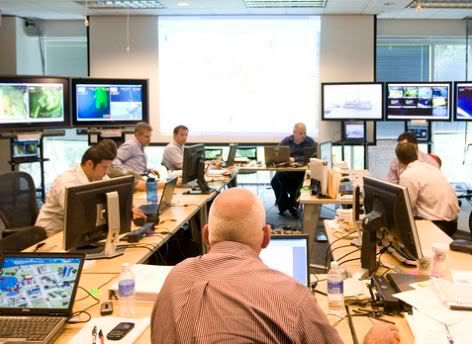
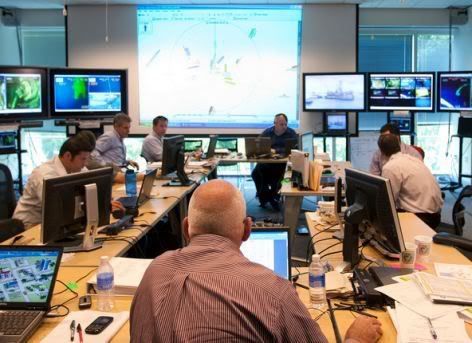
Everything all white? The picture on the left shows a busy BP team at their Houston office. Note the busy graphics projected on the white screen... while on the original image on the right, the screen is blank
Gizmodo blogger Brian Barrett published one of the images, of a helicopter, which he said was sent in to him by a tipster, yesterday.
The picture was entitled 'View of the MC 252 site from the cockpit of a PHI S-92 helicopter 26 June 2010'.
Gizmodo contended however that the helicopter is not in the air at all but on the ground - near a landing tower that has been clumsily left in the shot.
The view of the ocean in the windscreen is a shoddy composite, the blogger claimed, while the pilots themselves are holding pre-flight forms.
Today, the image - which had appeared on its website - was removed and a clarification was posted on the company's Flickr page.
A spokesman for BP said: 'The original and edited images have been posted on the BP Flickr page for comparison.'
To further embarrass the oil giant, a second image has also come to light - this time showing a group of technical staff at a meeting in Houston.
On a wall is a white screen, with busy-looking graphics projected onto it.
However, it turns out they had been edited by 'over-enthusiastic photo library folk' using 'colouring tools' to ensure they could be seen by readers.
It comes just hours after the company was forced to admit that it had in fact doctored another image of its oil spill command centre to make the screen bank staff look busier.
Over the weekend, another eagle-eyed blogger noticed a problem in Houston – and reported that two of the ten screens looked suspiciously like images had been digitally pasted over them.
By Monday, however, the photo on the BP website had changed – now revealing two blank screens in place of the crudely doctored fixes alleged by John Aravosis at Americablog.com.
After further criticism, BP eventually came clean: its photographer had used the computer programme Photoshop to amend his picture.
Spokesman Scott Dean insisted that the photographer was showing off his Photoshop skills and there was no ill intent.
Mr Dean also said BP has ordered its workers to use Photoshop only for things like colour correction, cropping and removing glare.
The embarrassments emerged as a storm brewing in the Caribbean brought the deep-sea effort to plug the ruptured oil well to a near standstill.
The delay came just as BP was getting tantalisingly close to going in for the kill.
Work on the relief well - now just days from completion - was suspended.
Now the cap that has been keeping the oil bottled up since last week may have to be reopened, allowing crude to gush into the sea again for days, said retired Coast Guard Admiral Thad Allen, the government's point man on the crisis.
'This is necessarily going to be a judgment call,' said Allen.
He was waiting to see how the storm developed before deciding whether to order any of the ships and crews stationed some 50 miles out in the Gulf of Mexico to head for safety.
The cluster of thunderstorms passed over Haiti and the Dominican Republic yesterday, and forecasters said the system would probably move into the Gulf over the weekend.
They gave it a 40 per cent chance of becoming a tropical depression or a tropical storm by tomorrow.
Crews had planned to spend Wednesday and Thursday reinforcing with cement the last few feet of the relief tunnel that they hope to use to pump mud into the gusher and kill it once and for all.
But BP put the task on hold and instead placed a temporary plug called a storm packer deep inside the tunnel, in case it has to be abandoned until the storm passes.
If the work crews are evacuated, it could be two weeks before they can resume the effort to kill the well.
That would upset BP's timetable, which called for finishing the relief tunnel by the end of July and plugging the blown-out well by early August.
Scientists have been scrutinising underwater video and pressure data for days, trying to determine if the capped well is holding tight or in danger of rupturing and causing an even bigger disaster. If the storm prevents BP from monitoring the well, the cap may simply be reopened, allowing oil to spill into the water, Allen said.
BP and government scientists were meeting to discuss whether the cap could be monitored from shore.
The relief tunnel extends about two miles under the seabed and is about 50 to 60 feet vertically and four feet horizontally from the ruptured well.
BP plans to insert a final string of casing, or drilling pipe, cement it into place, and give it up to a week to set, before attempting to punch through to the blown-out well and kill it.
In other spill-related news, The New York Times reported early today that Deepwater Horizon rig workers said in a confidential survey before the April 20 explosion that they were concerned about safety and the condition of some equipment on board.
A spokesman for Transocean, the owner of the rig leased by BP, confirmed the existence of the reports to The Associated Press.
Four oil giants - BP was not among them - agreed to pool $1billion to form a new company that would respond to offshore oil spills.
The company would be able to mobilize within 24 hours to capture and contain spills at depths of up to 10,000ft, according to the American Petroleum Institute.
The company's beleaguered CEO, Tony Hayward, was 'invited' to testify before the Senate Foreign Relations Committee next week on BP's role in the release of the Lockerbie bomber.
The company was also forced to deny that he was set to step down after a report in the Times.
BP's broken well spewed somewhere between 94 million and 184 million gallons into the Gulf before the cap was attached.
The crisis - the biggest offshore oil spill in U.S. history - unfolded after the BP-leased Deepwater Horizon rig exploded April 20, killing 11 workers.

Look at that: Window tint anomaly
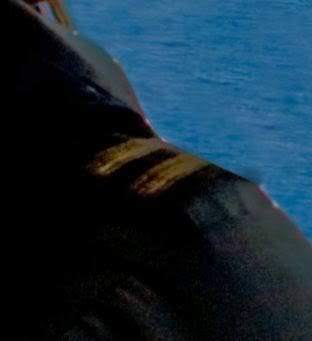
Shouldering the blame: Is that clumsy cropping
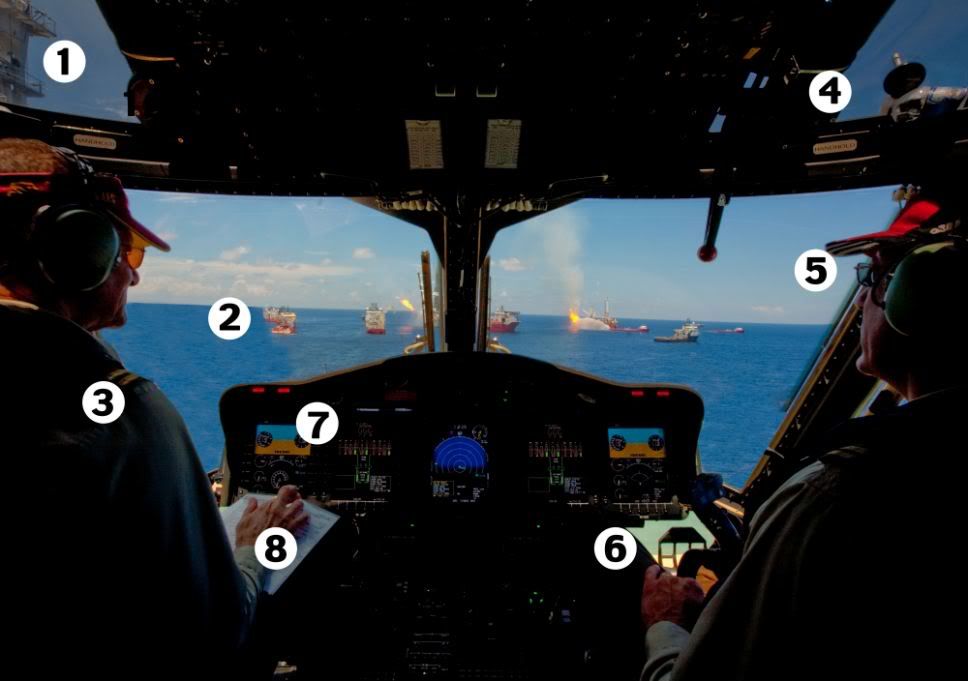
In the air? On the ground? Both? 1. Control tower is visible; 2. Blurring of 'joined seas' and missing part of boat; 3. Badly cropped shoulder; 4. Drink bottle resting on the roof; 5. Misaligned window tint around pilot's glasses; 6. Window reveals floor rather than sea; 7. Altimeter has very low reading; 8. Pre-flight checklist in hand
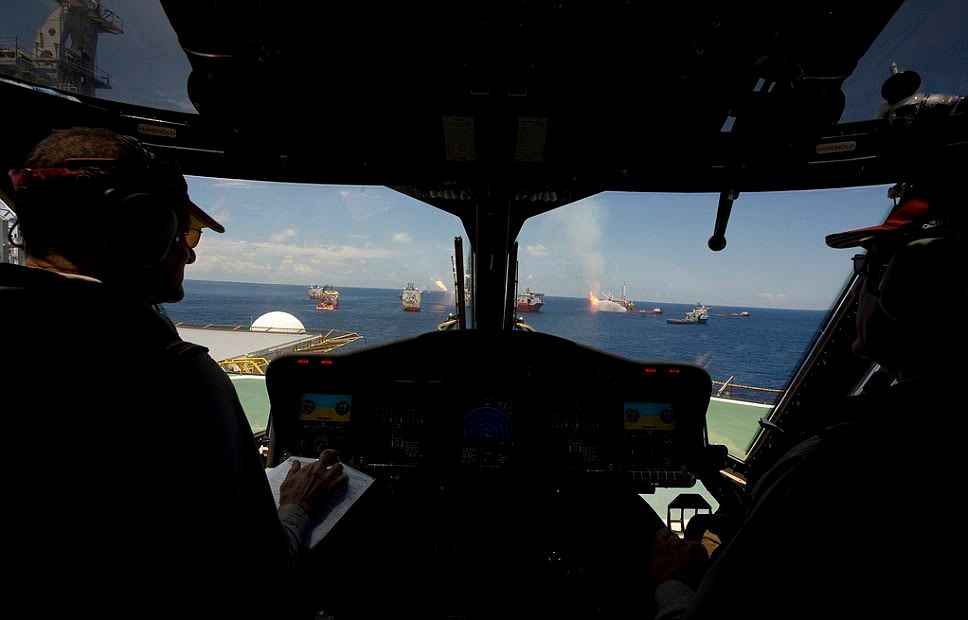
Looks familiar: The original helicopter picture. Great news for 'spot the difference' fans - but no so good for BP
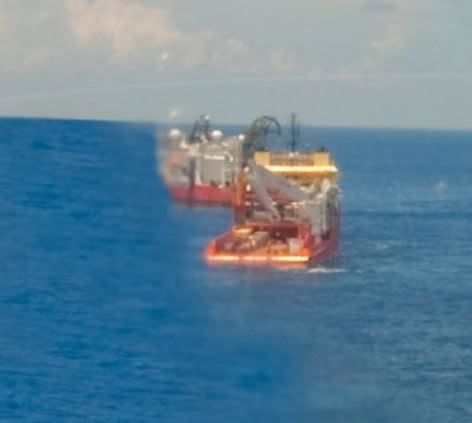
Tall tales: Pixelation blurs the sea between the two boats, indicative of two images being joined together

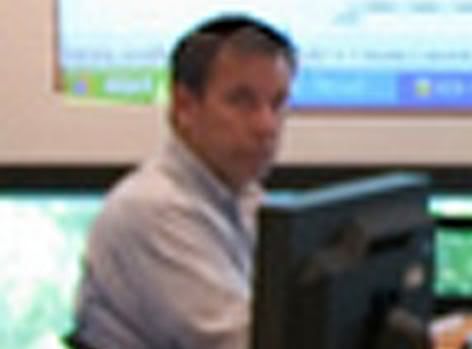
Hair today, gone tomorrow: The results of the white screen editing job can be plainly seen as it has a strange effect on the hairlines of two team members
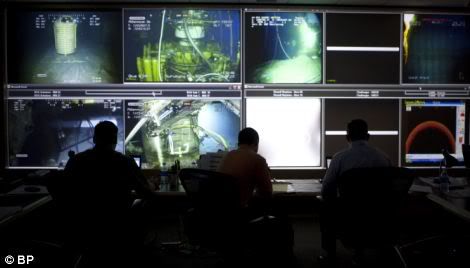
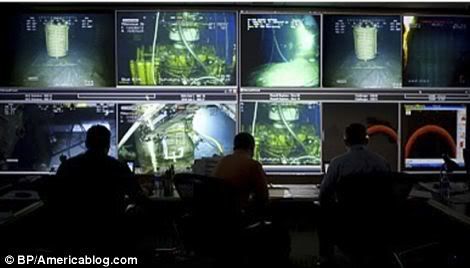
All change: In the picture on the left, the bottom screen in the middle and another, second from right at the top, appeared doctored. In the picture on the right, the two previously filled screens are blank after BP put up the undoctored version days later







0 comments:
Post a Comment